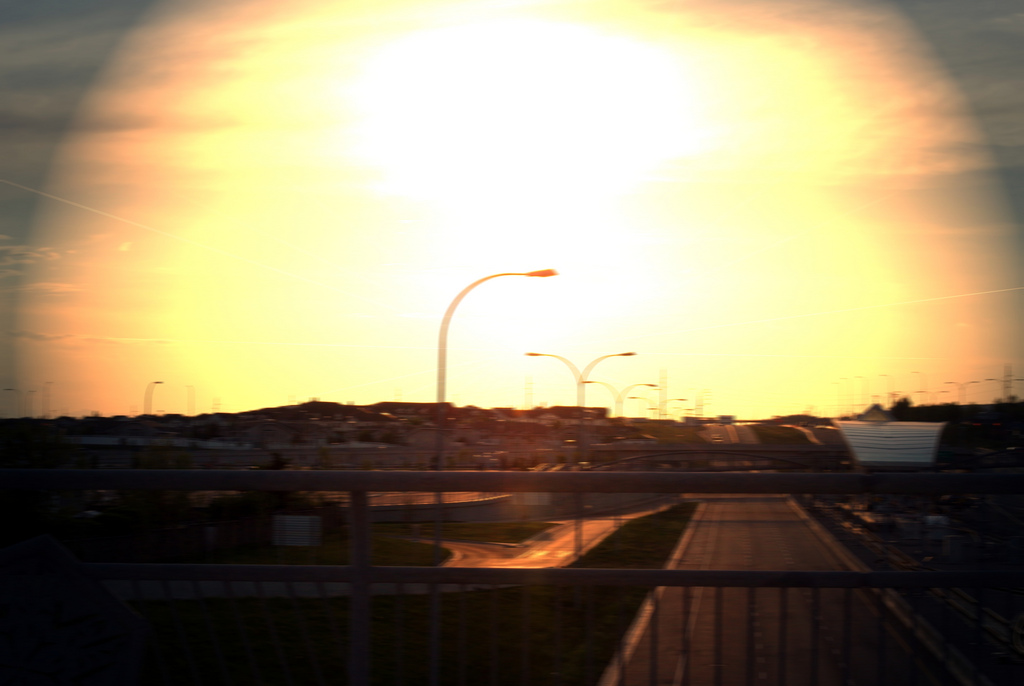The day after a nuclear terrorist attack
Posted By Tanya Ogilvie-White on November 1, 2012 @ 13:00
 [1]
[1]If today was the day after a major nuclear terrorist attack in your country, what would your government wish it had done to prevent it? This was the opening question at a roundtable discussion on nuclear security, held from 17–19 October at the Airlie Center in Warrenton, Virginia, as part of the Stanley Foundation’s 53rd Strategy for Peace Conference [2]. The meeting was attended by experts and officials from around the world, including strong representation from Australia. Its goal was to help promote sustainable global nuclear security by challenging those with knowledge and responsibility to come up with concrete proposals on how to prevent nuclear terrorism through improved nuclear governance.
The opening question sparked some interesting comments, as well as some worrying ones. ‘It would depend on the type of nuclear terrorist attack,’ one government official responded. According to his reasoning, if it was an improvised nuclear device, involving plutonium or highly enriched uranium, his government would know the material originated outside the country’s borders. And his government’s attention would be focused on where the material came from and what lapses in the origin country’s security led to terrorists gaining access to it.
It wasn’t a reassuring answer. A better one would be that the government would wish it had secured its own borders more effectively to prevent the nuclear material entering its territory undetected. Another would be that it would wish it had done more to assist other states in their efforts to secure nuclear materials, including the country where the material originated, and those whose territory the material passed through. And perhaps the government would wish it had done more to raise awareness of the threat, and had provided more generous funding to the International Atomic Energy Agency (IAEA)—the cash-strapped body tasked with helping states to protect nuclear and radiological materials from illicit access.
Any number of answers would have been better than the one given, but on the other hand, it did expose some of the attitudinal obstacles that we face. The problem is that while effective global nuclear security is dependent on all governments taking ownership of nuclear dangers and working together to address them, the current debate is characterised by a stubborn refusal to increase national transparency and accountability and by insufficient efforts to promote international collaboration. Moreover, most governments seem to welcome, accept or are too ready to blame others for this unhealthy state of affairs, with buck-passing all too common during international negotiations at the United Nations and at the Nuclear Security Summits. Put simply, the threat posed by nuclear terrorism is either regarded as someone else’s problem or someone else’s fault.
If today was the day after a major nuclear terrorist attack, you can bet that these attitudes would change. An abstract threat would have been dramatically transformed into a new and appalling reality, and governments everywhere would be clamouring to protect their countries from similar fates. In the midst of the death and destruction, they would be full of regret for the missed opportunities, the steps they could have taken—alone and together—to prevent such a horrific atrocity. The 2012 Nuclear Security Summit in Seoul was one of those missed opportunities, with a minimalist agenda and a disappointing outcome. And unless attitudes change, there is a danger that the 2014 Nuclear Security Summit in the Netherlands will be another.
The Stanley Foundation, along with a number of other non-governmental organisations around the world, are doing what they can to foster the attitudinal shift that is needed if the Netherlands Summit, which is likely to be the last, is to be a success. What the world needs is bold, forward-thinking initiatives that put effective nuclear security above narrowly-defined national self-interest. For this to happen, political leaders must accept responsibility not only for the national implementation of their nuclear security obligations, but also for their own roles in building a nuclear security regime. Ultimately, states need to empower the IAEA—the only organisation with the necessary political legitimacy, technical expertise, and institutional framework—to create and oversee a fully-fledged and enforceable global nuclear security architecture. This will be a long and difficult undertaking, with many hurdles along the way.
So what can Australia do to help? With the advantage of having a seat on the IAEA Board of Governors and now the UN Security Council as well, an obvious step for Australia would be to launch an initiative that sets a new precedent in the breadth and depth of international nuclear security collaboration. One idea would be to work with the IAEA and one or more trusted states in a voluntary process of peer review, in which nuclear security officials engage in bilateral or trilateral in-country exchanges to observe, monitor and learn from each other’s nuclear and radiological security measures. This would boost the level of accountability that is severely lacking in existing nuclear security governance, and help create a new norm of transparency that could eventually lead to a regional and then global system of monitoring. Australia could begin by reaching out to engage New Zealand in a bilateral exchange of this kind, and encourage other countries to pair up with trusted partners and follow its lead at the Netherlands Summit in 2014.
Tanya Ogilvie-White is a senior analyst at the Australian Strategic Policy Institute. Image courtesy of Flickr user Darryl Darwent aka Just a Prairie Boy [3].
Article printed from The Strategist: https://www.aspistrategist.org.au
URL to article: https://www.aspistrategist.org.au/the-day-after-a-nuclear-terrorist-attack/
URLs in this post:
[1] Image: http://www.aspistrategist.org.au/wp-content/uploads/2012/10/4731934893_dbc2fa324c_b.jpeg
[2] Stanley Foundation’s 53rd Strategy for Peace Conference: http://www.stanleyfoundation.org/events.cfm?id=396
[3] Just a Prairie Boy: http://www.flickr.com/photos/justaprairieboy/4731934893/
Click here to print.